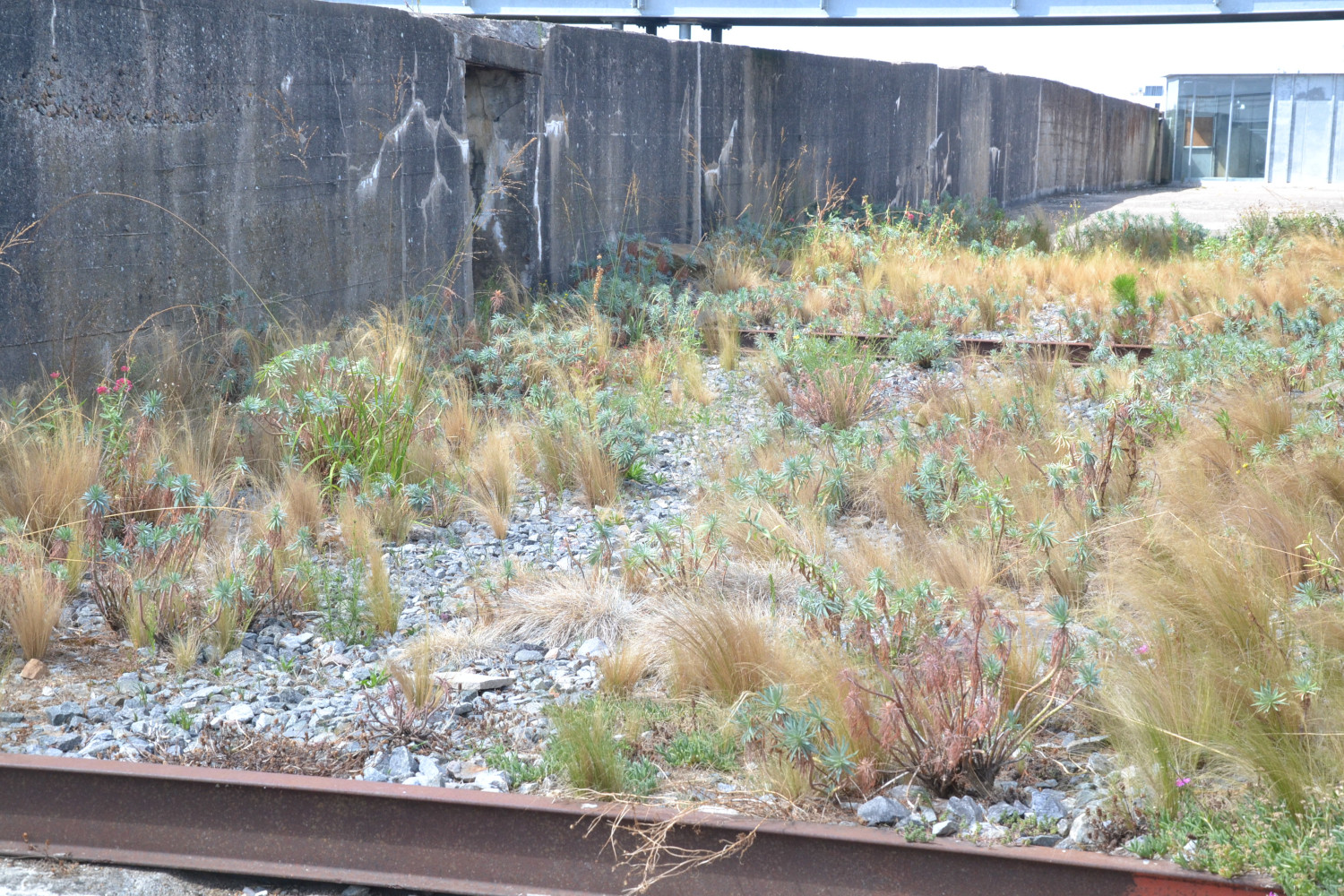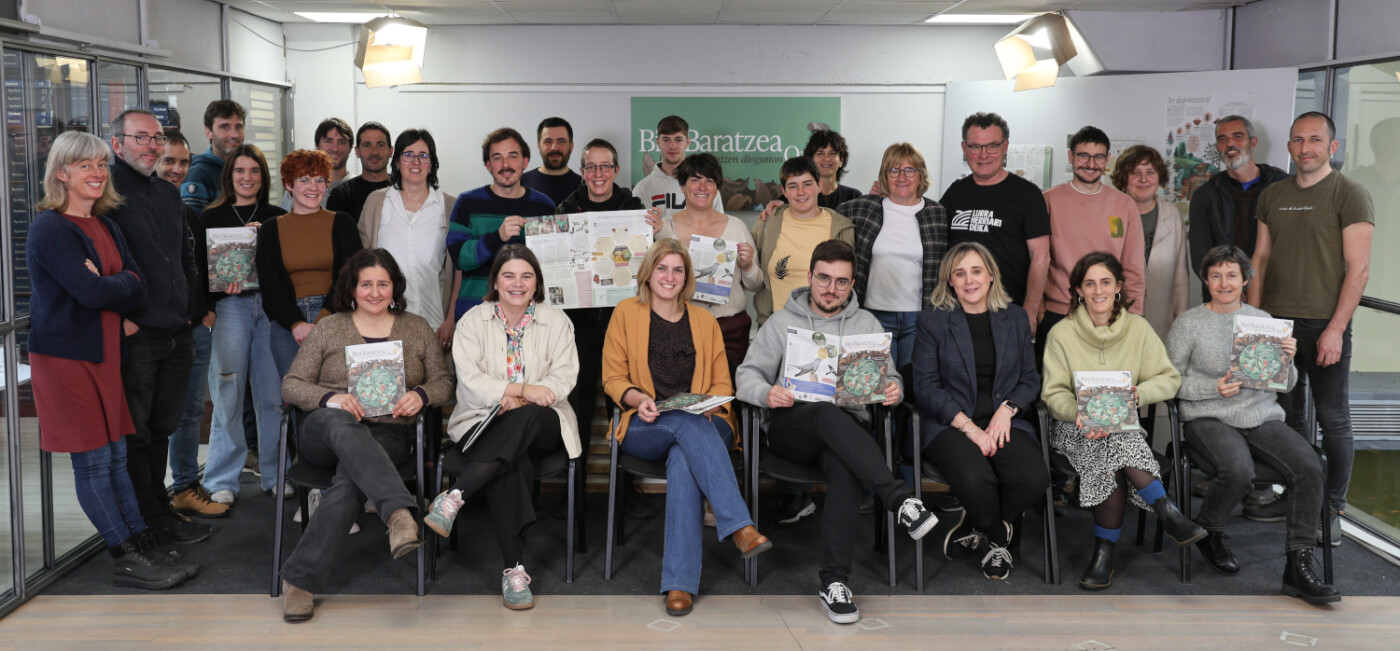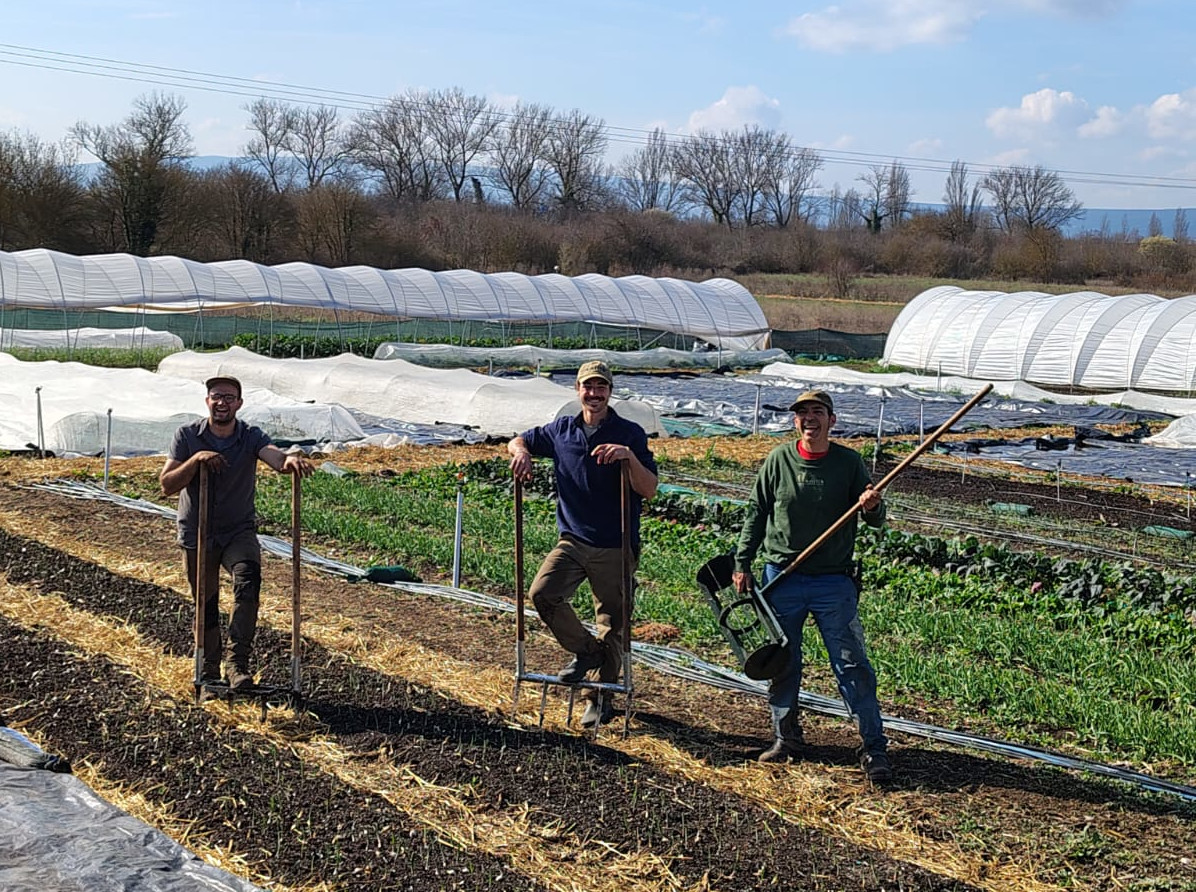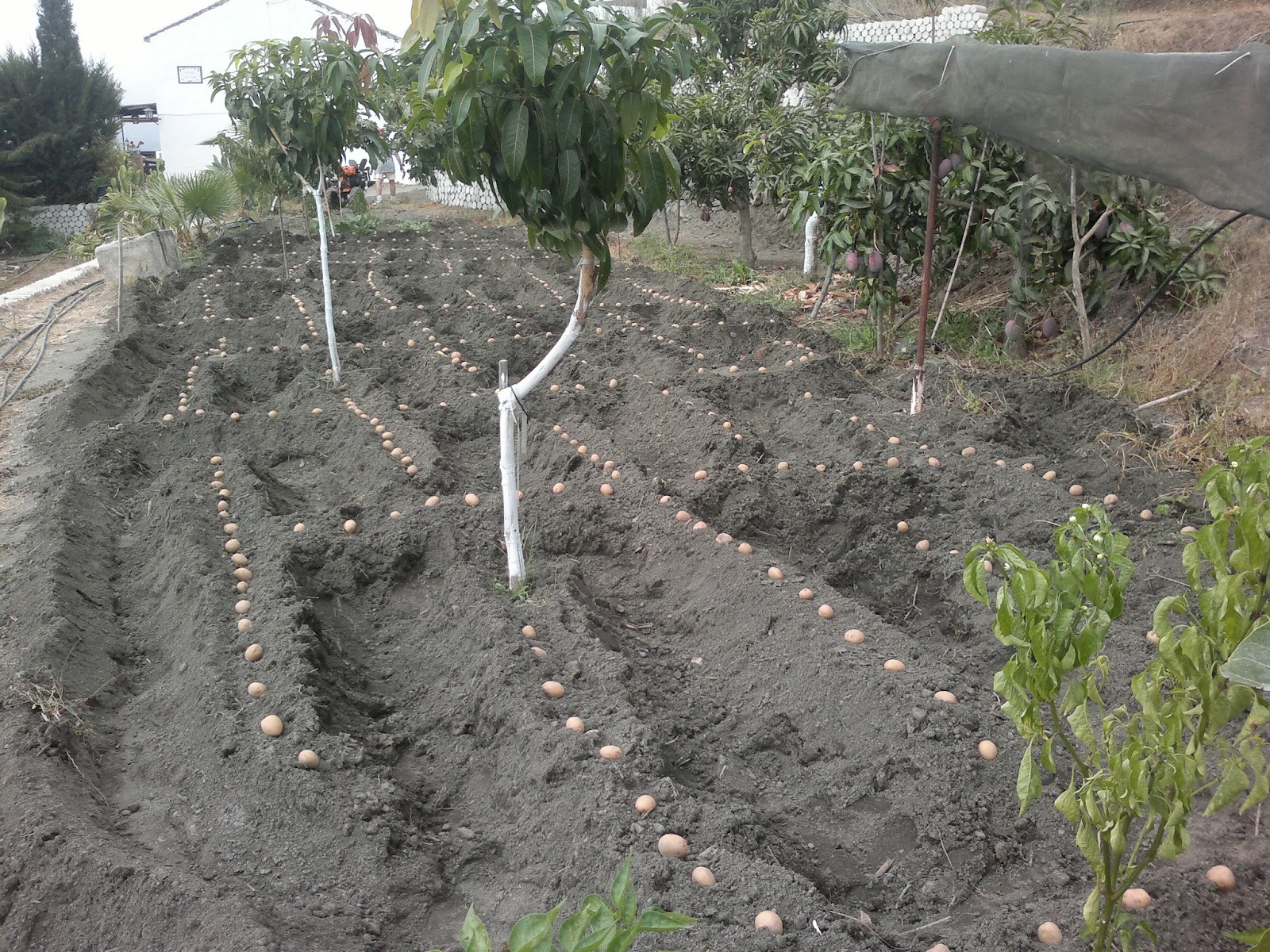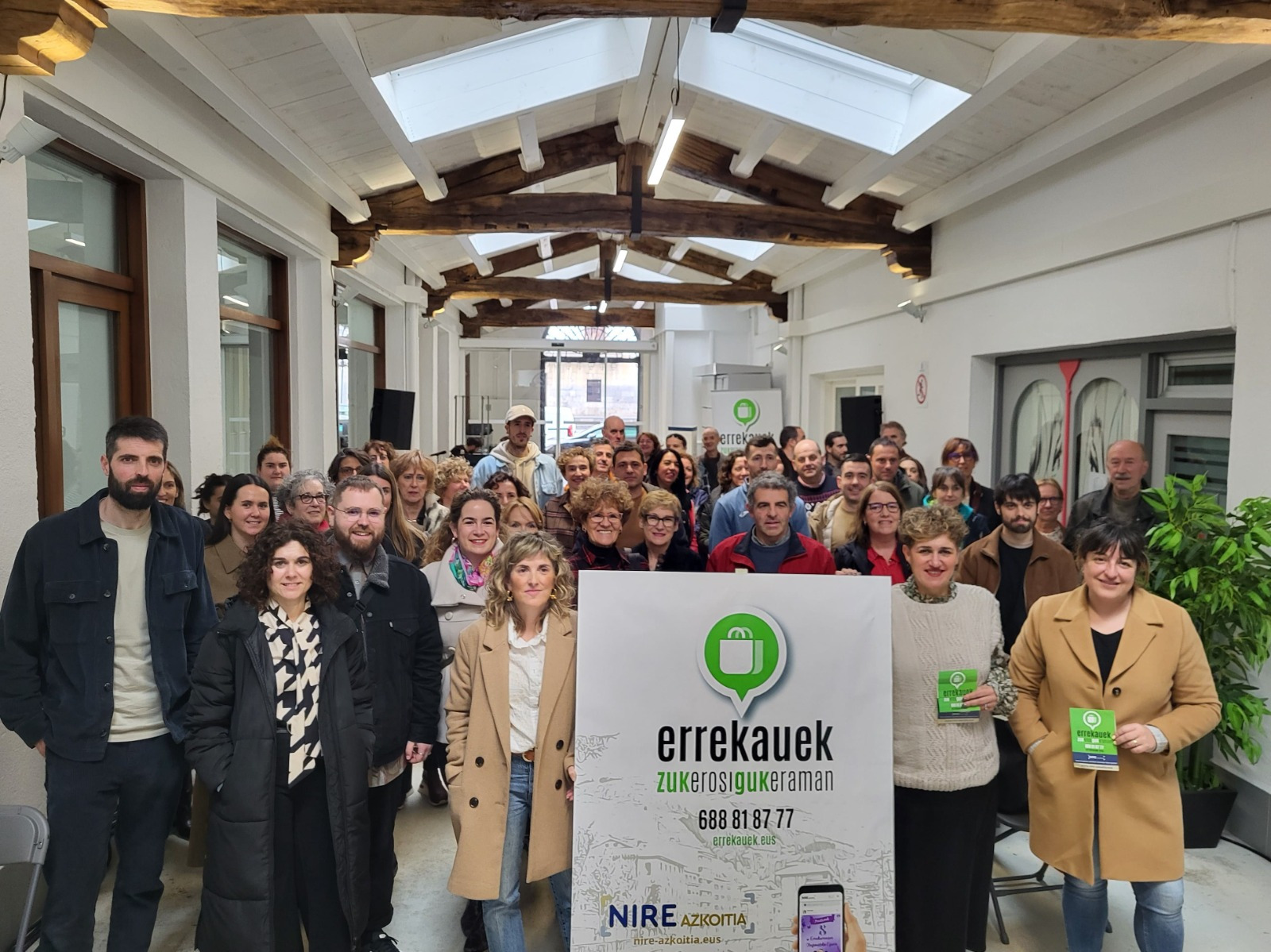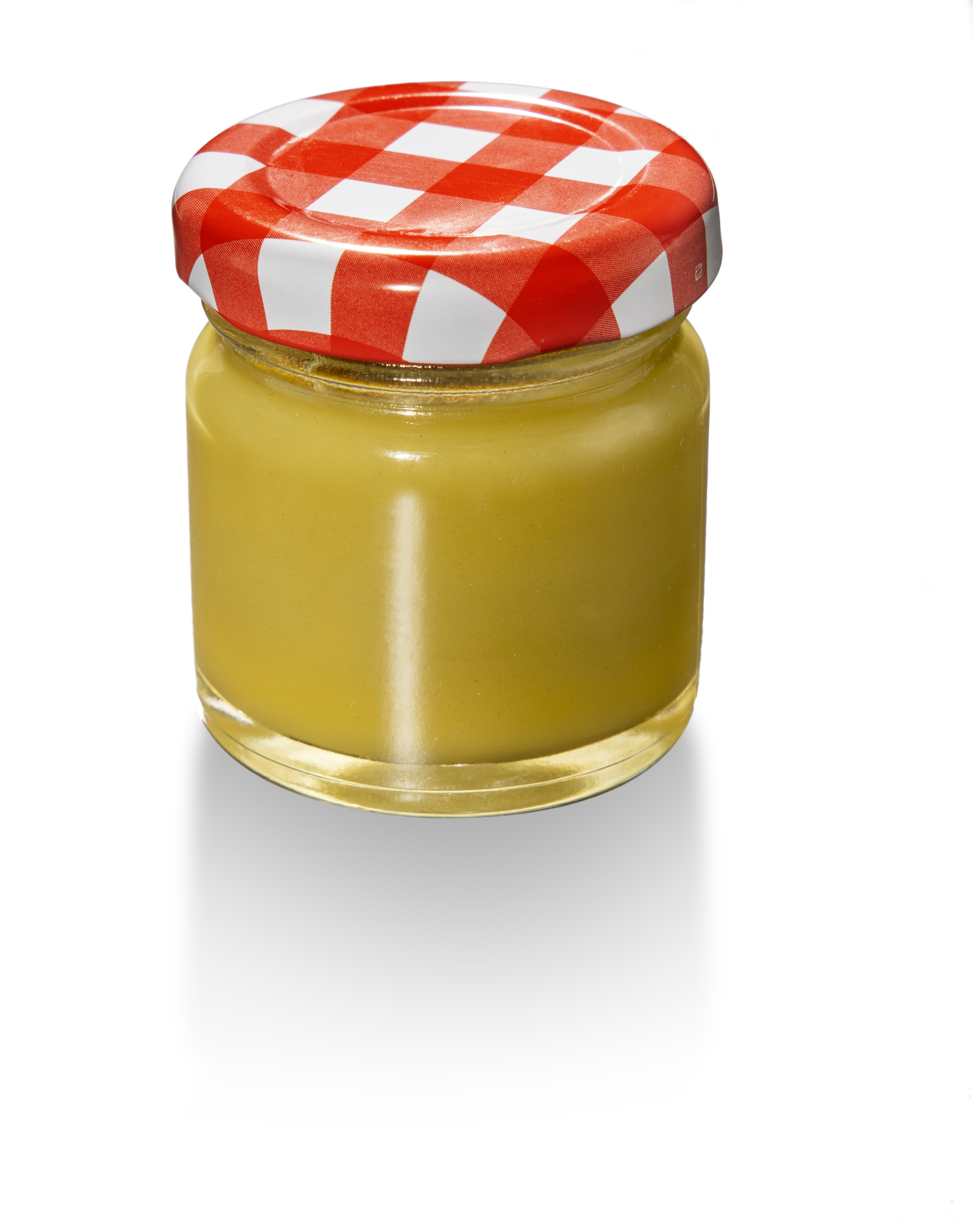Negupase of insects
- The cold is raging. When it's not, but this winter it's hitting some territories beautifully. And how do insects survive to reappear in force with spring? I had a street question last night. From there there is the little cochlea to the intelligence and ingenuity of the insects. We have renovated in the same houses the stinky red bedbugs (Halyomorpha halys) or the jasper bedbugs that are spending the winter of sweet time with us, as named by Iñaki Mezquita Aranburu, my neighbor in this corner of the Huerta de Vida. The tactic of these to spend the winter is simple: find a warm place, the warmest of the area are the kitchens and the interiors; enter in the autumn, make yourself a house and hide until the day begins to lengthen. Honey homemade.

Of the animals on Earth, insects are the most abundant, 90%. We have about 1.4 billion insects per person. This beauty is due to the development of numerous survival strategies. Among them, successful permanents in the coldest months: adequate shelters, exposure to cold and frost or migration plans. Because insects are not like us, they are not able to generate their own heat. And they have invented the diaper: at certain times of the year when conditions are mediocre, each species decides that it is time to slow down the pace of life and development; hibernation or negation.
Every species, in thousands of years, has cured its planning. Some will leave eggs that will sprout into the new, delicious season. Lice that attack the apple tree (Malus domestica), the potato (Solanum tuberosum) and the bean (Vicia faba), for example, have a spectacular cycle: in summer the females, without the need for annoying male fertilization, produce by means of parthenogenesis their clones or identical copies. With autumn, lower the light of day and cool on top; this provokes a response within these female lice: the creation of a sexual generation, males and females. From there comes the mating that is more familiar to us: the females will sprout and make eggs that will soon be ready for the winter. Then it will be opened in the spring and parthenogenetic females will emerge, the raspberries.
Others will find directly a sweet corner to hide in. They complete their water and food reserves and if they have done the calculation correctly, they will arrive alive in spring. These are the stinky black bedbugs that come into our houses.
The ants in the nest and the bees in the flies accumulate, maintaining the warmth in the circus of each other.
The big wasps – European or Kurumin or Wasps and Asians – have not worked the way of the bees. In the fall, the queen creates young queens and male wasps. All the wasps of the year will die. The young queens have germinated and, well fed, they will leave in search of protection; they have any protected corner good: on the floor, on the walls, in the pits... With spring, at any time since February, they will revitalize and build new nests, never in the previous year.
Caterpillar pines or processionaries also create their own sweet nest to keep the family warm. As soon as the day begins to lengthen, in temperate places in February, in the rest even in April, they will descend underground in the procession until the emergence of adults who will start the next cycle at the beginning of the summer.
And the slightly longer and warmer February that moves dangerous wasps and processions is here.
Udaberrian orain dela egun gutxi sartu gara eta intxaurrondoa dut maisu. Lasai sentitzen dut, konfiantzaz, bere prozesuan, ziklo berria hasten. Plan eta ohitura berriak hartu ditut apirilean, sasoitu naiz, bizitzan proiektu berriei heltzeko konfiantzaz, indarrez, sormen eta... [+]
Ohe beroan edo hotzean egiten da hobeto lo? Nik zalantzarik ez daukat: hotzean. Landare jaioberriek bero punttu bat nahiago dute, ordea. Udaberriko ekinozio garai hau aproposa da udako eta udazkeneko mokadu goxoak emango dizkiguten landareen haziak ereiteko.
Duela lau urte abiatu zuten Azpeitian Enkarguk proiektua, Udalaren, Urkome Landa Garapen Elkartearen eta Azpeitiako eta Gipuzkoako merkatari txikien elkarteen artean. “Orain proiektua bigarren fasera eraman dugu, eta Azkoitian sortu dugu antzeko egitasmoa, bere izenarekin:... [+]
Itsasoan badira landareen itxura izan arren animalia harrapari diren izaki eder batzuk: anemonak. Kantauri itsasoan hainbat anemona espezie ditugun arren, bada bat, guztien artean bereziki erraz atzemateko aukera eskaintzen diguna: itsas-tomatea.
Aurten "Israel Premier Tech" txirrindularitza talde israeldarra ez da Lizarraldeko Miguel Indurain Sari Nagusia lasterketara etorriko. Berri ona da hori Palestinaren askapenaren alde gaudenontzat eta munstro sionistarekin harreman oro etetea nahi dugunontzat, izan... [+]
Sare sozialen kontra hitz egitea ondo dago, beno, nire inguruan ondo ikusia bezala dago sare sozialek dakartzaten kalteez eta txarkeriez aritzea; progre gelditzen da bat horrela jardunda, baina gaur alde hitz egin nahi dut. Ez ni optimista digitala nauzuelako, baizik eta sare... [+]
Bada Borda bat ilargian. Bai, bai, Borda izeneko krater bat badu ilargiak; talka krater edo astroblema bat da, ilargiaren ageriko aldean dago eta bere koordenadak 25º12’S 46º31’E dira; inguruan 11 krater satelite ditu. Akizen jaiotako Jean Charles Borda de... [+]
Donostiako Amara auzoko Izko ileapaindegi ekologikoak 40 urte bete berri ditu. Familia-enpresa txikia da, eta hasieratik izan zuten sortzaileek ile-apainketan erabiltzen ziren produktuekiko kezka. “Erabiltzaileen azalarentzat oso bortzitzak dira produktu gehienak, baina... [+]








